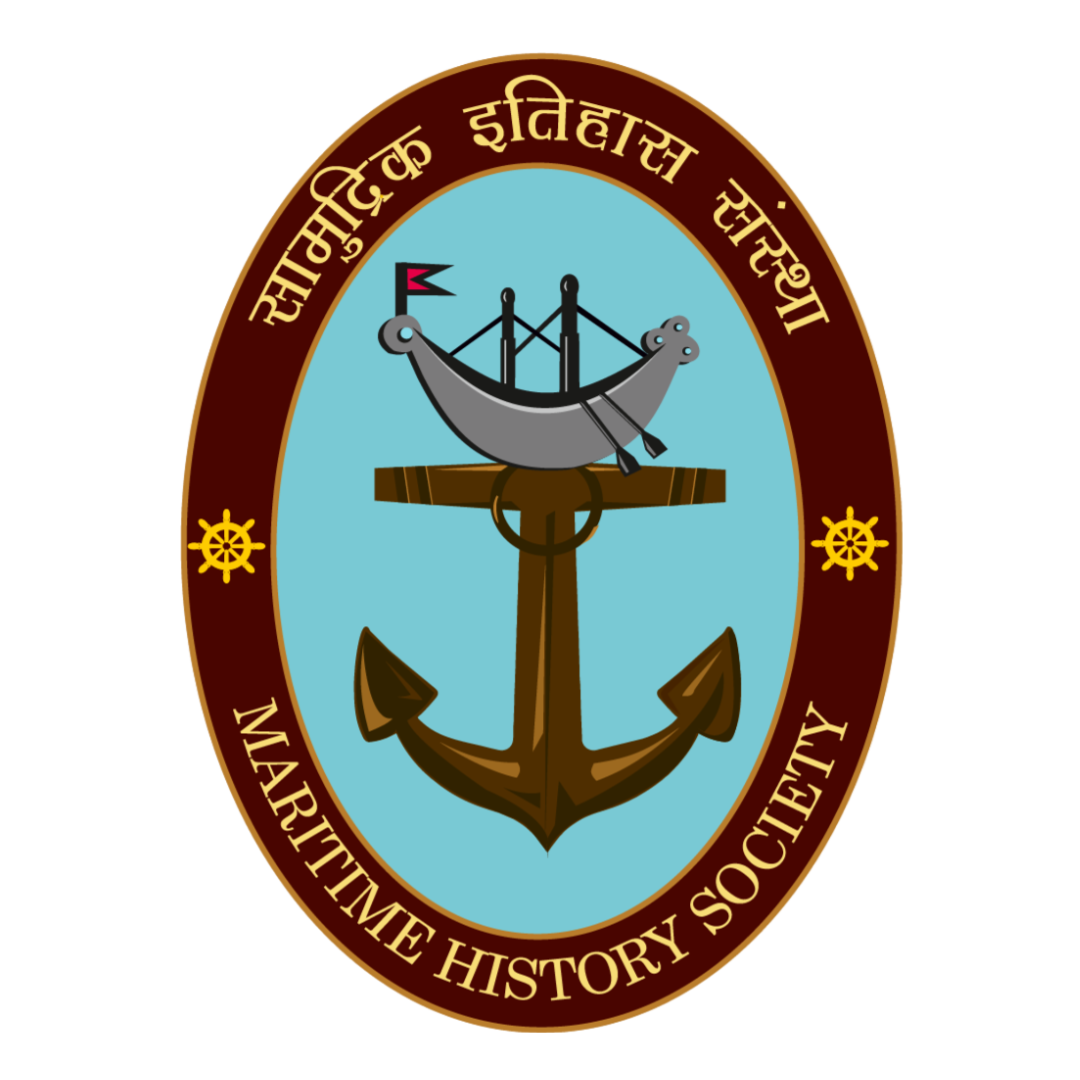India, being a maritime country with water along its three sides, has always been associated with ships. Evidence of log made boats, dug outs, wooden massive vessels and advanced modern ships have been the glory of our history from the times of the Indus Valley Civilisation to the contemporary times. These vessels did play a major role in the cultural and material exchange to and from the country. While we are often fascinated about how a ship is built, little do we imagine about what happens to the ship after it is no longer deemed fit. Let’s talk about one of the largest ship breaking industries in the world – The Ship Breaking Industry of India.
Ship breaking refers to dismantling old ships to recover metal scrap and other materials. Till the 20th century, ship breaking was practised extensively by the developed countries. Availability of cheap labour, environmental hazards, and tighter regulations led to the relocation of ship breaking centres from the developed countries to the developing countries. The Ship Breaking Industry in India initially started blooming in the first decade of the 20th century at Kolkata and Mumbai which were the leading ports in the country. While many other ports subsequently began ship breaking, they eventually declined. Presently, Alang, the largest ship breaking yard in the world, scraps more than half the ships of the world.
Alang is a town located on the western coast of India in the Bhavnagar district in Gujarat. The ship breaking yard at Alang was set up in 1982. The tidal conditions of the region are favourable for the beaching of the ships which is cost effective. Alang has around 130 ship breaking yards making it the largest breaking centre in the world in terms of the actual number of ships broken1. The industry is a source of massive employment with the yards employing close to 40000 people. The ships are towed and beached at the shore in an informal setting of a yard and are dismantled by the labourers almost manually. The bow or the front portion of the vessel is dismantled first since it is less hazardous than the stern. This provides ventilation within the vessel for dismantling of the remaining hazardous parts. The materials are then sold as scrap.
Thus, ship breaking is a tedious process involving a lot of complex issues like ecology, labour health, and safety2. It involves immense risk since the vessels generally carry explosive material like oil and gas. The Gujarat Maritime Board, along with a few Non-Government Organisations, has been working towards making the environment safe for the workers and their families. The industry is being promoted as part of the Government’s Sagarmala project for the benefit of coastal communities3. New environmental norms also promote green recycling yards that are environment sensitive4.
The Ship Breaking Industry in India is rightly popular worldwide for its vessel scraping practices.




0 Comments